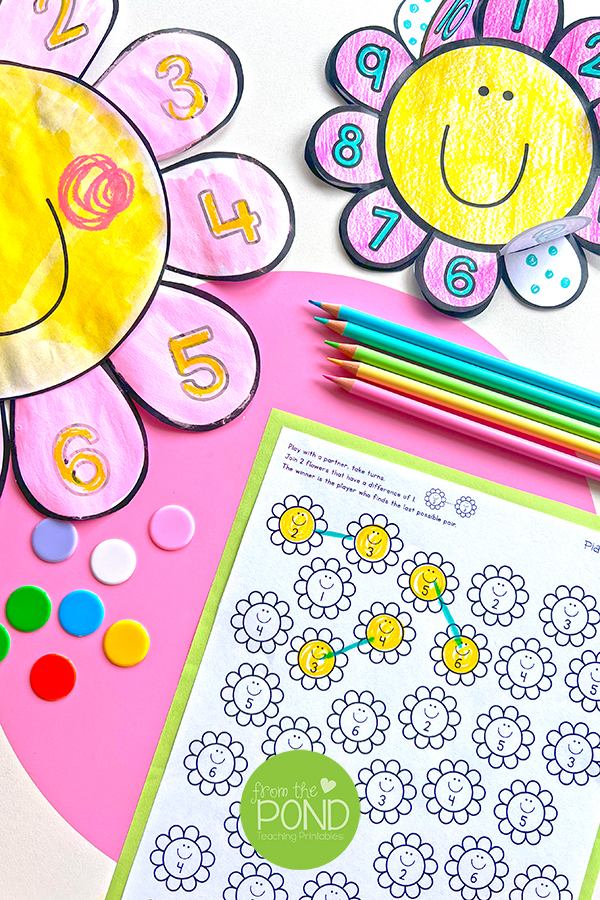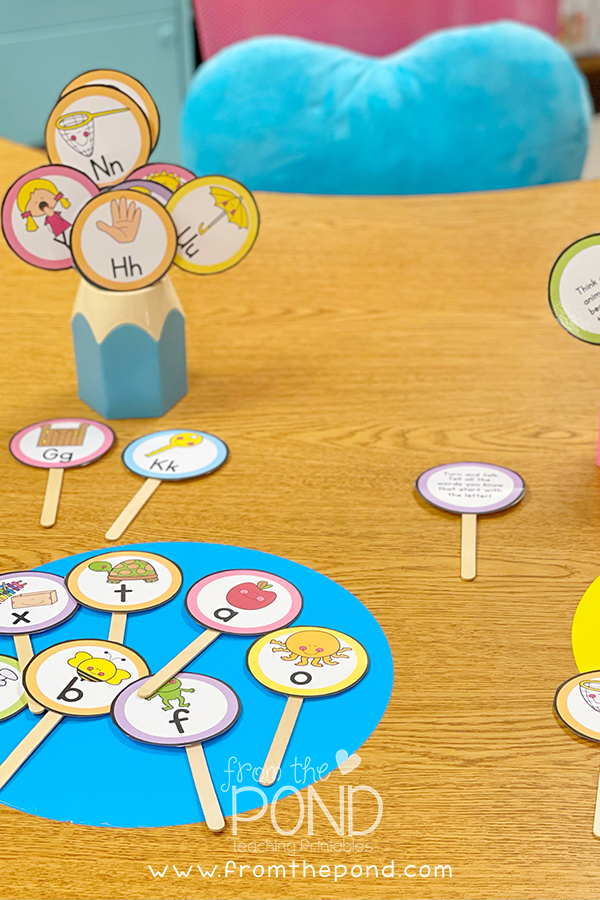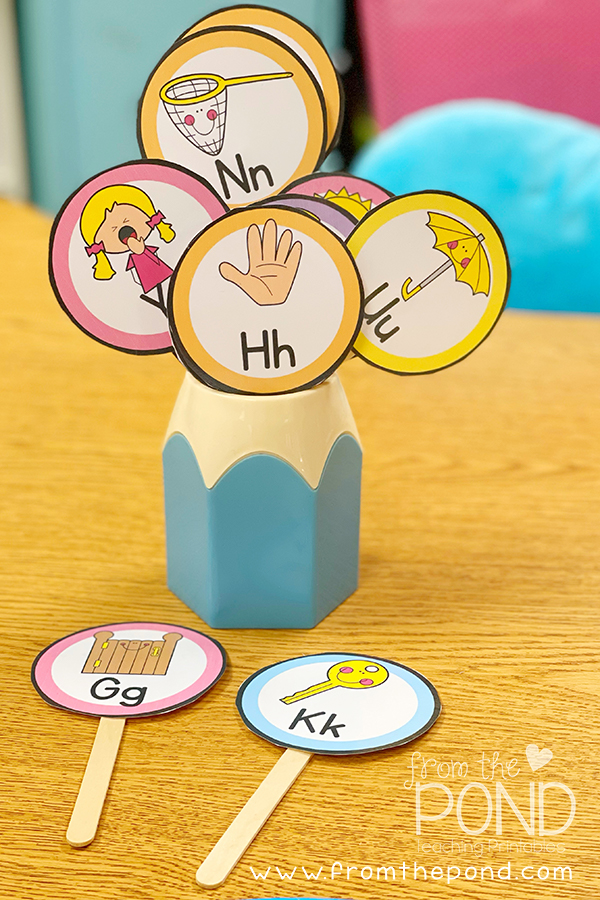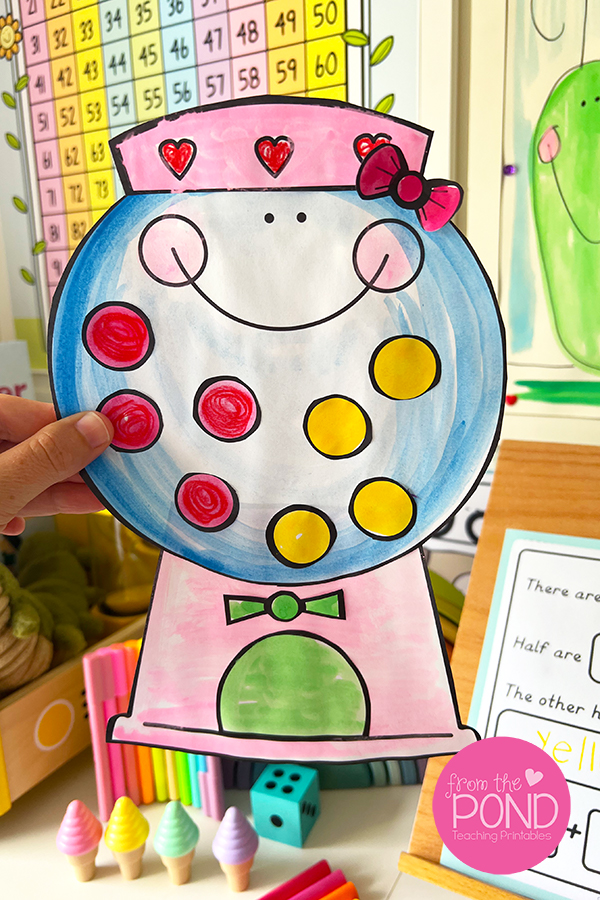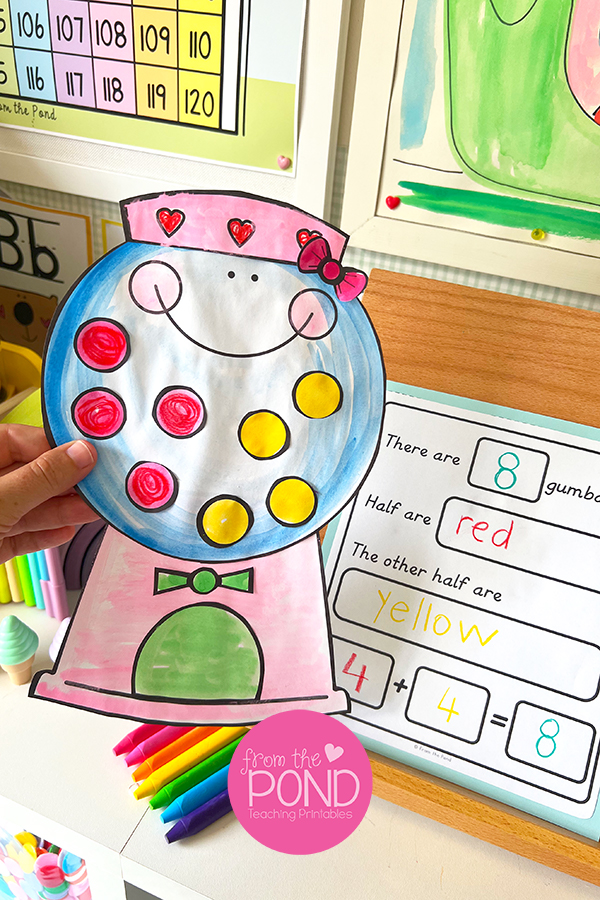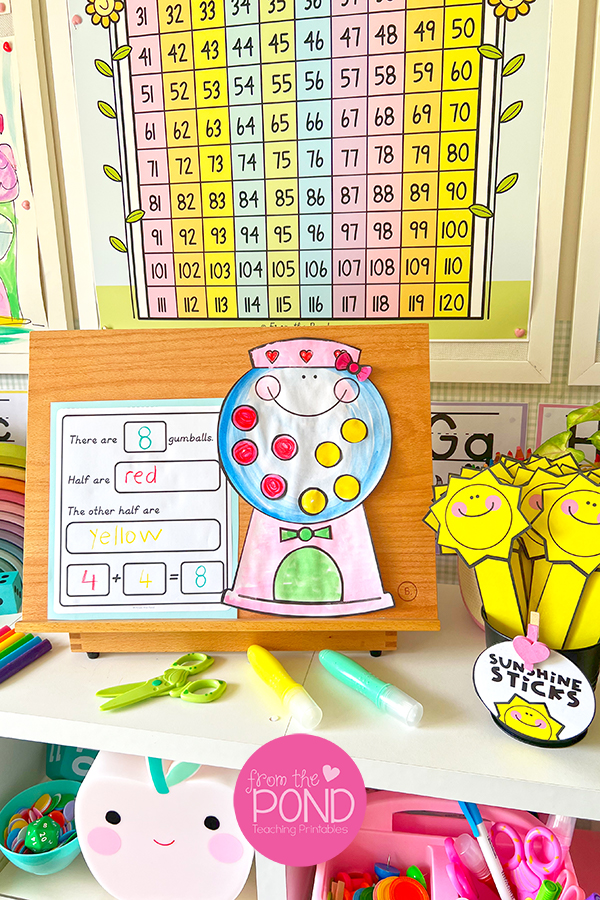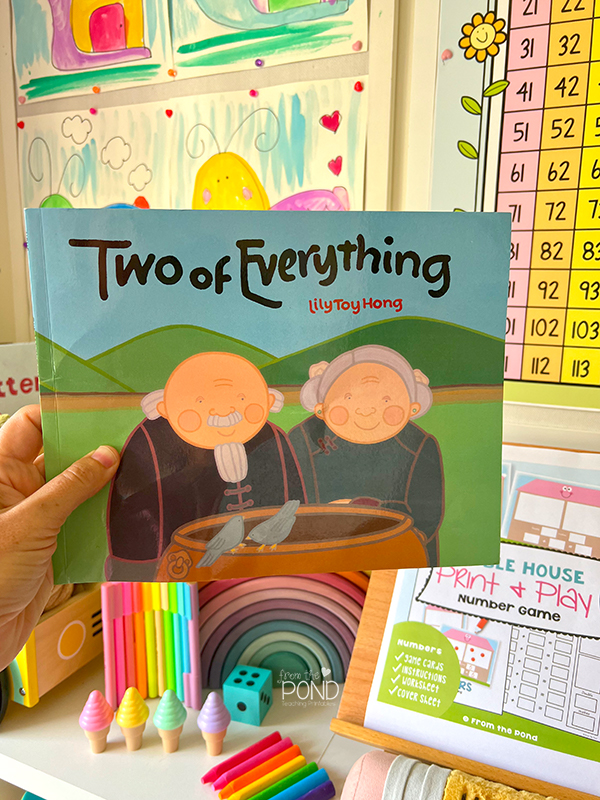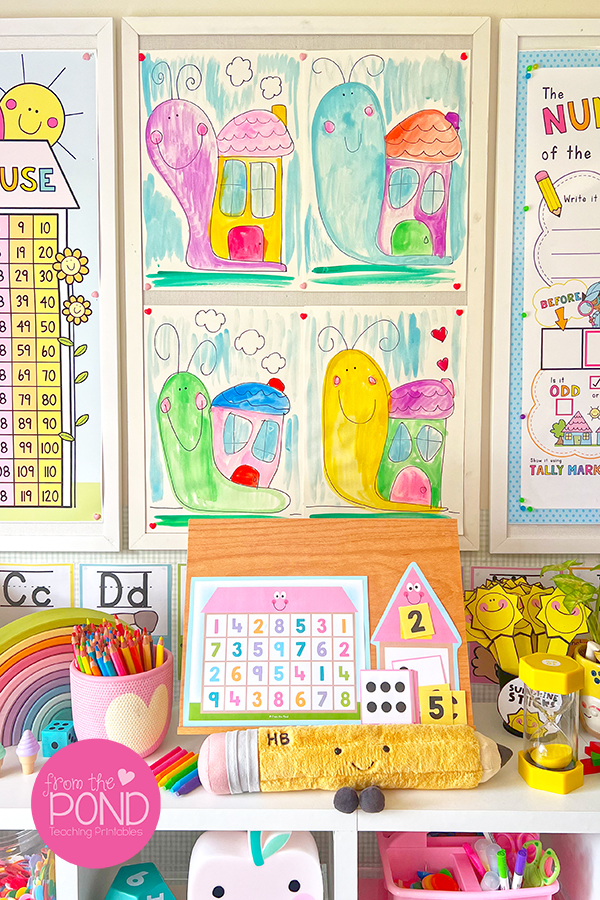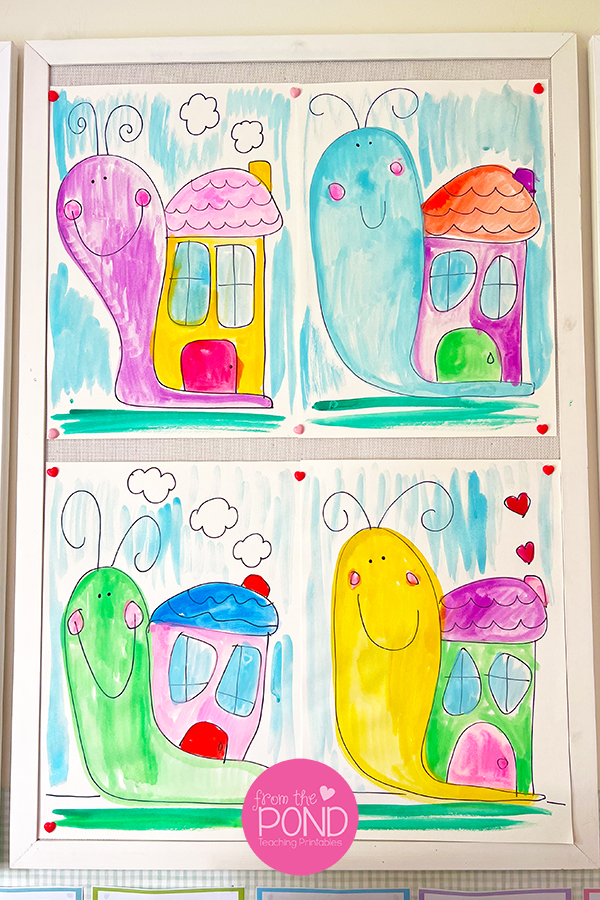I've been sharing some ideas with you over the last few weeks for math that have a house or home theme. Have you read Little Houses A Counting Book by Helen Musselwhite?
One of you let me know over on Instagram on Sunday that you were teaching position in math this week and I thought of this book right away. Not only does it have lots of things to count but it provides beautiful detailed pictures to talk about!

There are little houses from all over the world in this book featured on pages from 1 to 10. With no written text it is perfect for guiding your learners through a math talk - either on numbers or positional language - or both!
If you have not set yet up a routine for picture talks it is something I highly recommend. A rich and meaningful lesson can be implemented in seconds with just a picture or scene from a book. To help your most reluctant contributors, provide them a model for how to contribute. Something as simple as
- pointing to one part of the picture - e.g. a duck
- describing it using a full sentence - e.g. Here is a duck.
- providing one detail - e.g. Here is a duck on the stairs.
This simple structure will give your youngest learners the confidence to know how to contribute to a class talk. They are simply describing what they see. Let them point to what they want to talk about. This will help them link their language to something concrete and provide needed support. As they watch other students talk, perhaps with deeper insight they may grow in confidence and skill to share more.
Let students freely share and encourage positional language in your picture talk.
Positional language to encourage while looking at the pictures
above, across, along, around, after, back, before, behind, below, between, center, close, down, far, first, further, further away, here, in front of, on top of, outside, over, past, right, side, side by side, there, through, top, under, underneath, up, upside down
How do you encourage this? As an example, a student may say There is a bike under the tree. You could say back Yes there is one bike under the tree and there is another bike behind it, between the two trees.
As well as a structured picture talk for encouraging positional language, here are some more ideas to implement alongside a reading of this book!
Turn It
- play outside or in a wide open space
- children pretend they are cars on the street
- teacher blows a whistle and students make a left turn
- as the teacher shakes a tambourine quickly, students walk in the direction they are facing
- as the teacher shakes a tambourine slowly, students walk backwards
- a tap of the tambourine signals for students to stop
- mix the 3 sounds and let students participate in movement of turn and direction
The Street
- use play equipment, toys and figurines to make a street like the ones in the text
- have students talk to one another about the position of various features
Draw a Street
Today in the Premium Coloring Club we have a page where students can draw a street scene. Encourage them to talk about it too.


